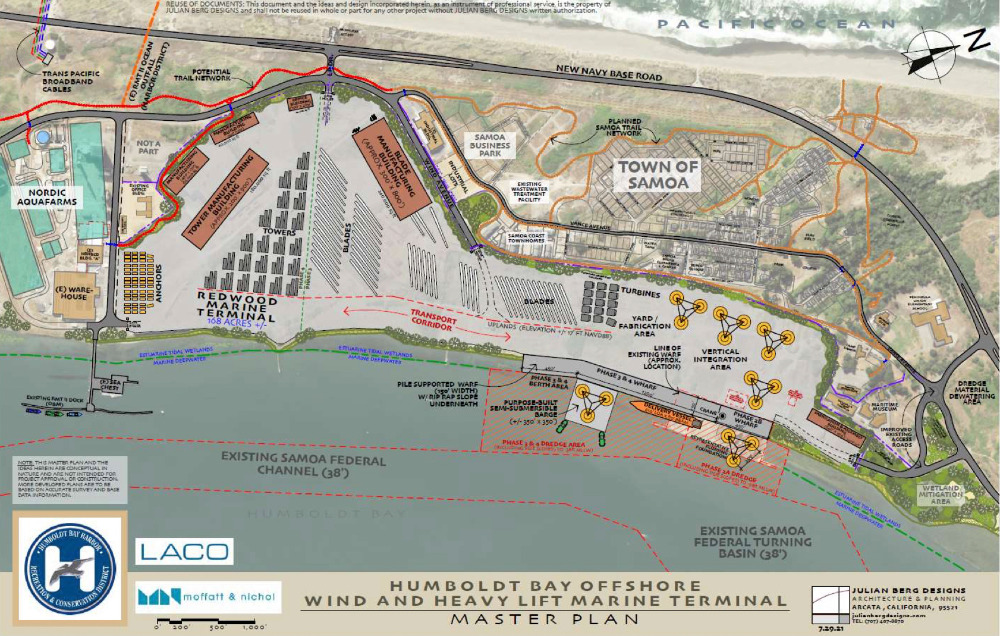Coastal Commission Votes to Move Forward with Humboldt Offshore Wind Exploration
The California Coastal Commission voted unanimously today to conditionally concur with a federal determination that allowing energy companies and organizations to study a proposed offshore wind farm area on the Humboldt County Coast is consistent with the California Coastal Management Program.
The commission’s vote today does not approve the wind farms or the start of any construction activities — all of which would come back before the commission in the future for further review
Commission staff made clear in its report and presentation that while BOEM believes it is premature to analyze the full scope of environmental impacts of turning a swath of ocean waters off Humboldt Bay into a wind farm, such a transformation is a “reasonably foreseeable” result of today’s vote, so should be considered to the extent possible. Further, commission staff explained this consistency determination was a chance to lay a foundation for the commission’s role in the process moving forward as the state and federal governments continue to push for a more sustainable energy grid.



